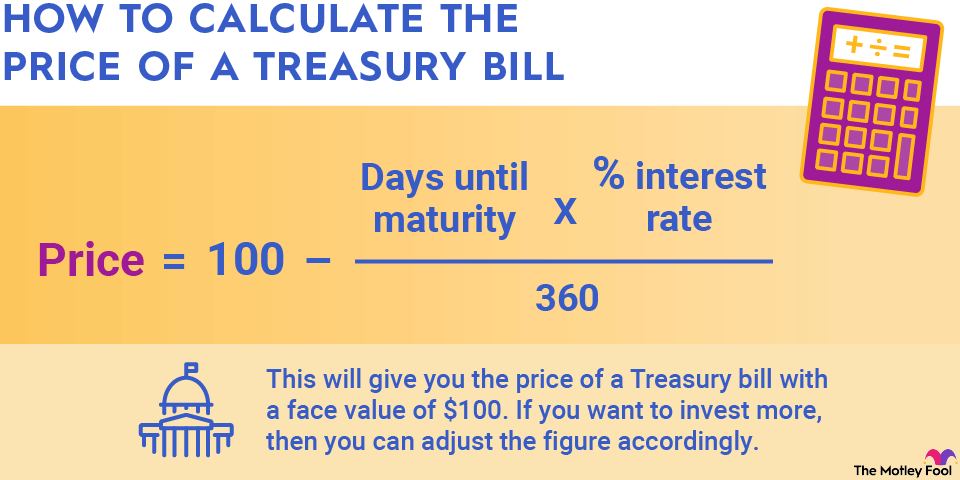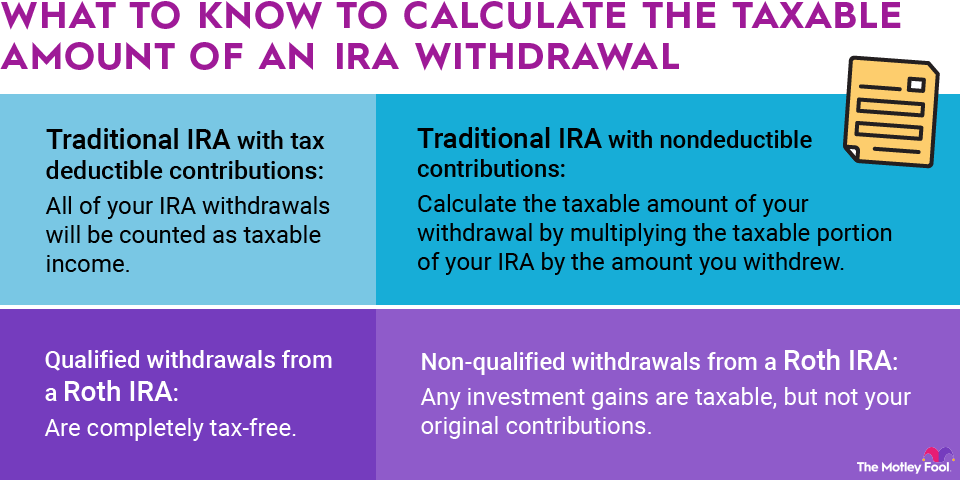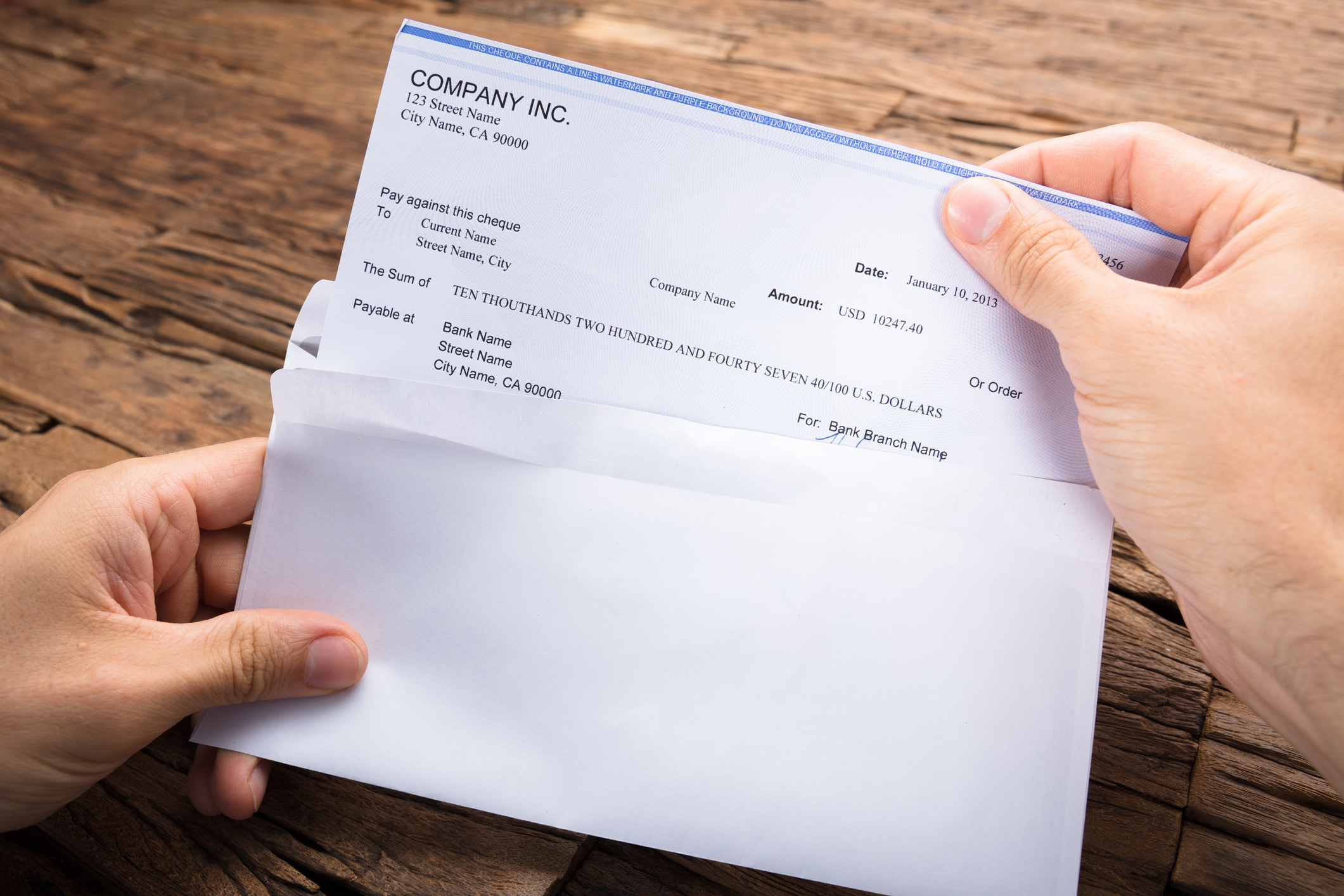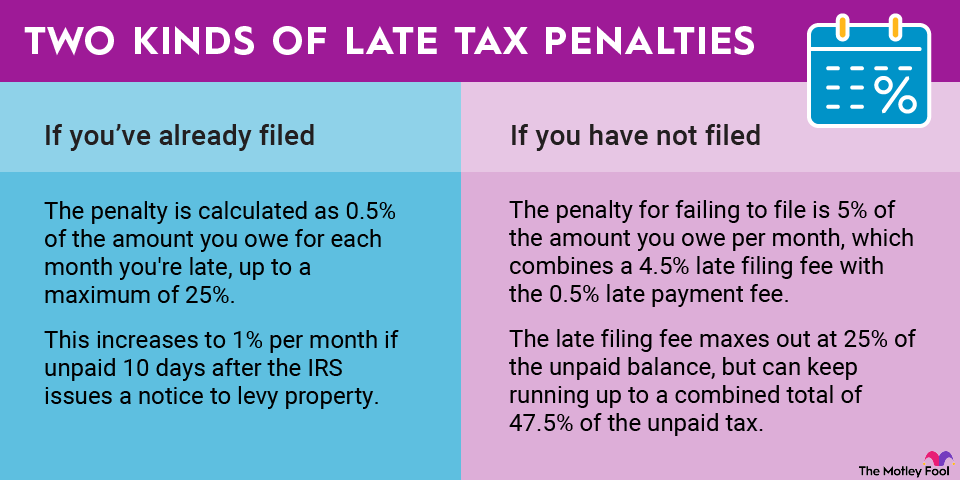All businesses want to make money, and when they do, they need to record and track their revenue. Revenue is the income that a business generates from its normal activities. A landscaping company, for example, might bring in money by cutting grass and planting trees. The money it earns from these activities is known as revenue.

What is unearned revenue?
Some businesses work by having their customers pay in advance for services, which translates into unearned revenue for those businesses. Unearned revenue is money that is received by a business before goods or services are provided. Another way to look at it is prepaid revenue.
For example, let's say a landscaping company charges its customers $200 for five lawn-cutting services and its customers are required to prepay the $200 upfront. As a result of this prepayment, the landscaping company now has a liability to its customers that's equal to the revenue earned from the actual performance of the services in question.
The benefit of unearned revenue is that companies that collect payments in advance get to use that money before they've done the work to earn it. Since money received immediately is always worth more than money received in the future, it's often in companies' best interest to take in unearned revenue, provided they know how to account for it.
Related investing topics
Accounting for unearned revenue
Unearned revenue is usually classified as a current liability for the business that receives it. When a business takes in unearned revenue, it must record the payment by debiting its cash account for the amount of money received in advance and crediting its unearned revenue account. As the company earns that revenue, it reduces the balance in the unearned revenue account (with debit entries) and increases the balance in the revenue account (with credit entries).
Using our example, when the landscaping company receives its $200, it will debit its cash account in the amount of $200 and credit its unearned revenue account in the amount of $200. Once it provides the first lawn service, it will record a debit to its unearned revenue account in the amount of $40. At that point, its balance sheet will report the remaining liability in the amount of $160, and its income statement will report that $40 was earned. In other words, that $40 will be converted from unearned revenue to earned revenue. The company will then repeat the same process each time a lawn service is performed until its liability is reduced to zero.


















